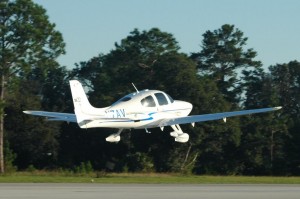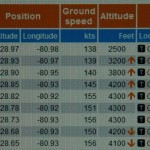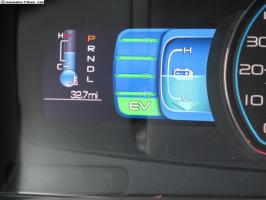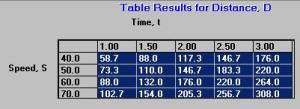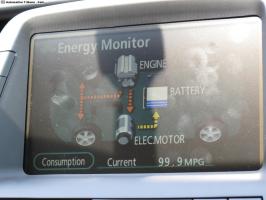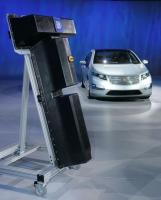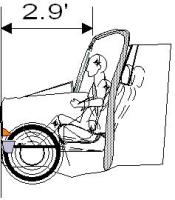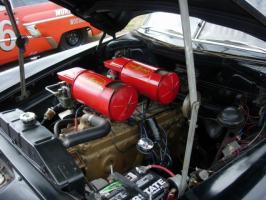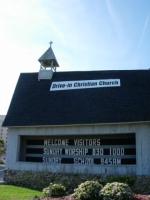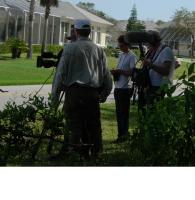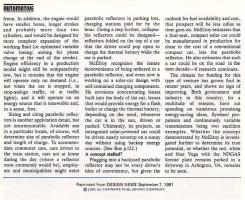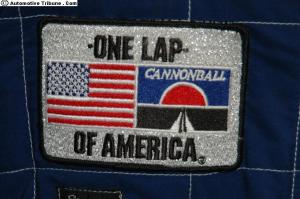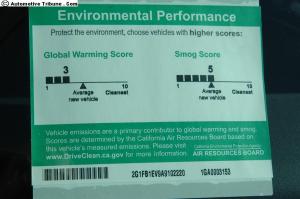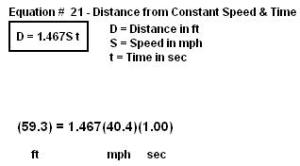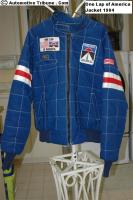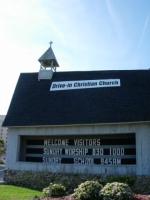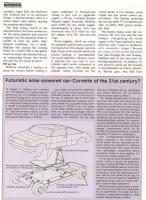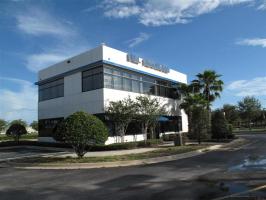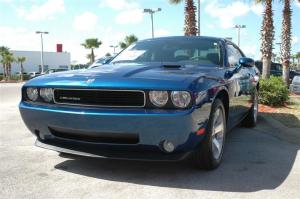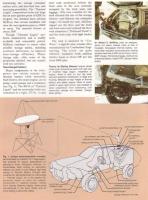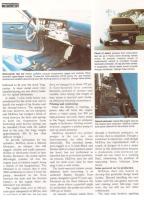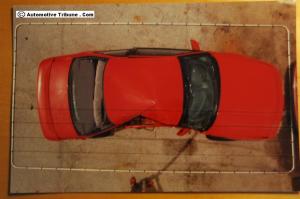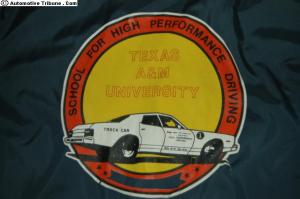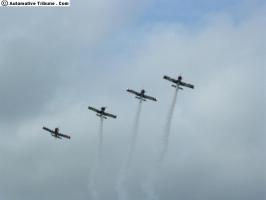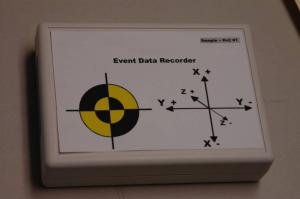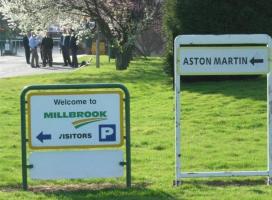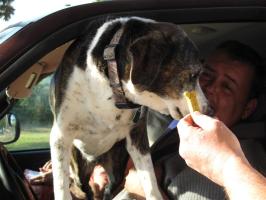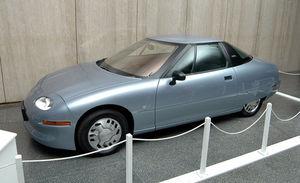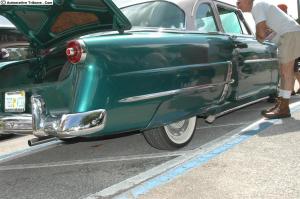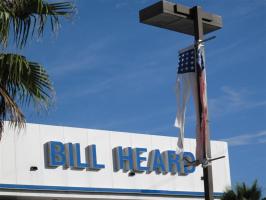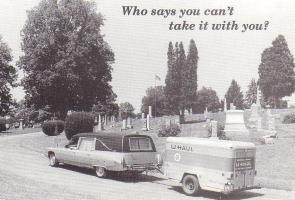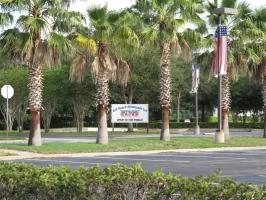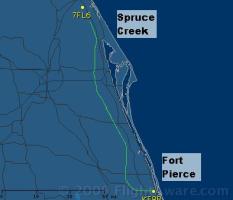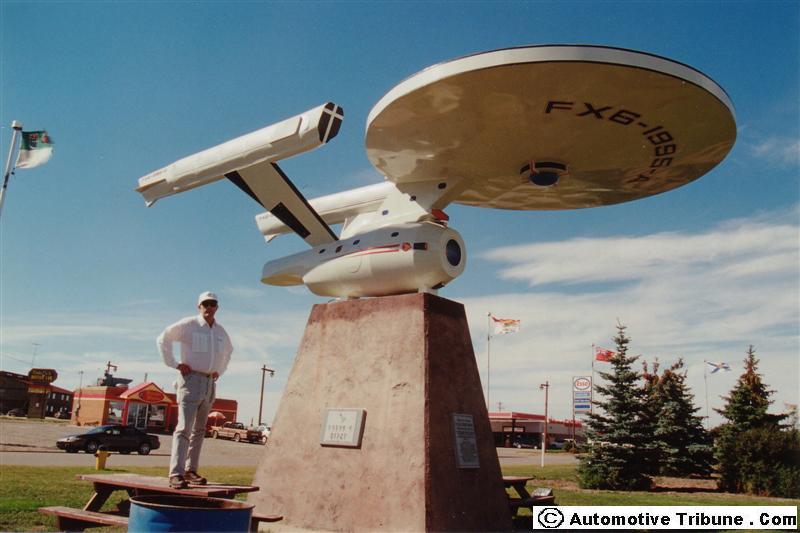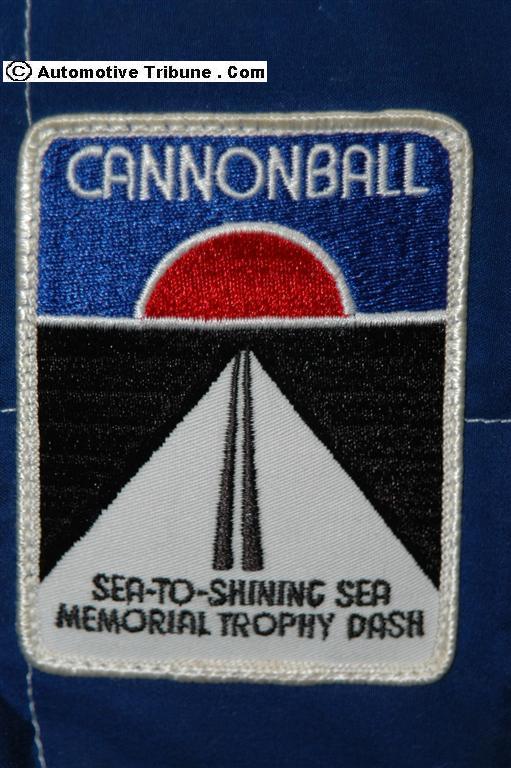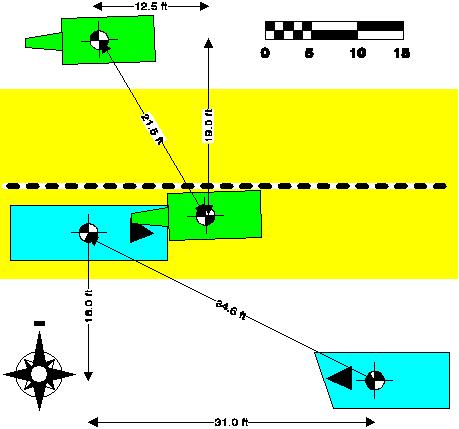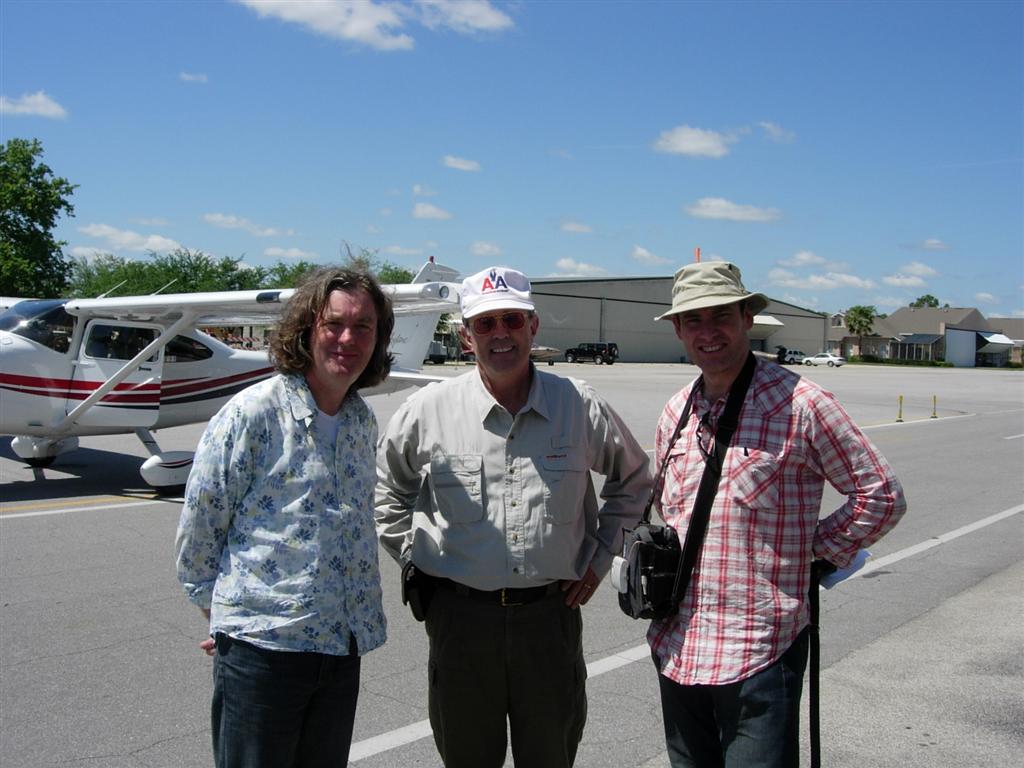2 Door, 6 Cylinder, 200 MPH Coupe —
those represent some really great words to a car guy! When the car guy thinks this through they would certainly come up with candidates. As you have already noticed from the graphics I am talking about a 2 door, 550 cubic inch, 310 horsepower, mechanically fuel injected, 4-passenger personal airplane which will fly a thousand miles at 200 mph.
From a mechanical and operational standpoint, there are many features of an airplane that are similar to a car including tires, brakes, oil, fuel, ignition switch, and rules of the road … maybe we need to make that rules of air traffic control & airspace. Today I had a flight from Spruce Creek to Fort Pierce, a straight line distance of 102 nautical miles x 1.15 = 117.3 statute miles. Flight time was 45 minutes which means we averaged 156 mph for the straight line. However, looking at the chart below the flight track was not a straight line which adds time and distance.
In the post 9/11 world, flying where you are not supposed to be will likely result in A) getting in trouble with ATC, B) an encounter with a n F-15 or similar heavily armed piece of governmental flying hardware with a pilot that has no humor or C) being shot down. Additionally airspace in Florida is complex / unique / and maybe confusing, add in Space Ships and Disney and you start to get the picture.
Today’s flight had special airspace restrictions in place because of an airshow and the restricted airspace at the airport, which overlapped into the restricted airspace of Cape Kennedy which is gearing up for a Shuttle Launch. Going down we flew IFR or Instrument Flight Rules which meant that we filed an IFR Flight Plan that said where we were going to go and then Aircraft Traffic Control (ATC) told us where to go. Our filed flight plan was pretty direct. However, with the red restricted areas then our actual track was not very direct. Also there is a chart showing 9 minutes of the trip with time, position, ground speed, altitude, and ATC facility.

Detour west to avoid the red lines but remain below Orlando air space above us starting at 6000 feet.
Going down there was fair amount of flying through clouds and the bumpiness associated with flying through Florida clouds at this time of year. For the trip back I decided to apply Visual Flight Rules or VFR which means that, using the appropriate VFR rules and regulations, that you stay out of the clouds and you stay out of airspace where you should not be. A map shows how we deviated to the west around the aforementioned red lines.
You can see that the actual trip mileage was greater than the planned mileage. Our speed data shows that after climb out to around 4,000 feet that our speed increased to 156 knots x 1.15 = 179.4 mph. That is not too bad considering the fact that ATC was sending us through the clouds and I did not want to shake up either the passengers or the pilot.
Our aircraft today was the very popular Cirrus Design SR-22 which was used to make the trip in a safe, reasonably quick, and comfortable way. Reflecting on the trip today reminds me of the old saying about enjoy the journey.
Maps, charts, and data generated from the flight may be new to the Tribune audience. However, when you understand the rules of the air, pilots call this ground school which you have to pass, then you are prepared to move forward to operation of the plane. In the aviation environment your important steps are 1) aviate = fly the plane, 2) navigate = go to the right place, 3) communicate =talk intelligently to ATC.
If you had an opportunity to hear the ATC recordings of Captain Sully that landed the Aribus in the Hudson River, he communicates with total calm. That is the mark of a professional. In the automotive world it is the same as keeping your cool during a difficult or dangerous time. You can get scared later but during the event it is time to maintain control of the vehicle.

